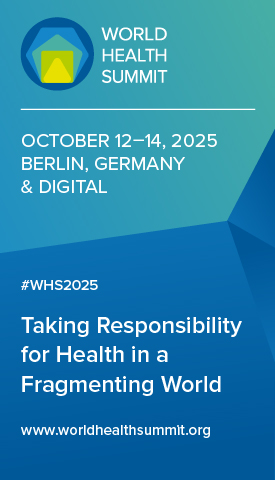G7 performance on development
Higher compliance on development commitments can be achieved via low-cost methods, but consensus – and mutual action – is required
Germany hosts its seventh G7 summit, and its second in Elmau, on 26–28 June 2022. Germany’s priorities for the development agenda include infrastructure investments for sustainable development; climate, energy and development partnerships for climate neutrality; access to vaccines and robust health systems; and climate neutrality and social equity in the economic recovery.
Conclusions
Since 1975, G7 leaders have devoted 17% of their communiqués to development. At Rambouillet in 1975 15% was on development. Since then, lows came in 1984 with 3%, in 2003 with 4% and in 2004 with 1%. Highs came in 1994 with 22%, in 1996 with 20%, in 2002 with an all-time high of 56%, in 2005 with 27%, in 2009 with 23%, in 2013 with 39%, in 2014 with 36% and in 2019 with 38%. Since 2019, conclusions have fluctuated. There was a dip to 2% at the 2020 US virtual summit, followed by a rise in 2021 to 16% at the UK virtual summit in February, 17% at the Cornwall Summit and none at the virtual summit on Afghanistan in August, before jumping to 36% at the German-hosted virtual summit in February 2022.
Commitments
Since 1975, the G7 has made 770 commitments (12%) on development, in first place across all subjects. In 1975, development commitments took 27% (4) of the communiqué.
During the first rotation of G7 hosts, 1975–1981, development commitments averaged 16%. From 1982 to 1988, they averaged 20%; from 1989 to 1995, 15%; from 1996 to 2002, 16%; from 2003 to 2010, 12%; and from 2011 to 2022, 8%.
Most summits hosted by Germany made development commitments equal to or higher than the overall average for development: 12% each at the 1978 and 1985 summits, 10% at 1992, 17% at 1999, 15% at 2007 (with 48, the second highest number of development commitments) and 11% at 2015 (with 43, the third highest).
Since the COVID-19 pandemic started, there has been a drop at most summits. The 2020 US virtual summit made no development commitments. The 2021 February summit made 15%, but only 4% at Cornwall and none at the August virtual summit, and then 4% at the 2022 February summit.
Compliance
Compliance with the 59 commitments assessed since 1996 averages 74%, just below the all-subject average of 76%.
Average development compliance started low, in the fourth hosting rotation, at 50% each for the 1996, 1997 and 1998 summits. It spiked to 93% with commitments made in 1999, dipped again to 50% for 2000, rose to 75% for 2001 and finally dipped again to 55% for 2002.
The fifth rotation started strong with 80% for 2003, then 75% for 2004. It rose to 85% for 2005 and further to 94% for 2006. It declined steeply to 65% for 2007, followed by a sharp increase to 89% for 2008, before dropping to 67% for 2009 and rising to 83% for 2010.
Compliance declined steadily in the first few years of the sixth rotation: 80% for 2011, 67% for 2012 and 64% for 2013. The following years were more consistently high: 88% for 2014, 75% for 2015, 81% for 2016 and 2017, 92% for 2018, and 84% for 2019. By 1 February 2022, the Cornwall Summit had 100% compliance with its commitment on sustainable growth in Africa.
Causes and corrections
High development compliance coincides with, and could be improved by, the G7 leaders’ use of several low-cost measures under their direct control.
The highest compliance, 92%, came from two development commitments that referenced the World Bank. The four with one-year timetables averaged 90%; the seven that referenced finance ministers averaged 87%; the 20 that specified a country averaged 77%; the 18 on debt relief averaged 76%; and the 31 on official development assistance averaged 74%.
Another cause of higher compliance is holding development ministers’ meetings before the summit. Of the 11 years with compliance data and development ministers’ meetings, nine meetings were held before the summit and averaged 81% compliance. The two held after the summit averaged only 65%. Overall, the years when development ministers met averaged 78%, higher than the 74% average of development commitments and higher than the 70% average for years when development ministers did not meet.
Six summits created dedicated development working groups. The three summits with the highest compliance (averaging 82%) created working groups on financing and sustainable development. The three summits with the lowest compliance (averaging 72%) focused on Africa. Summits that did not create development-related working groups averaged 73% compliance, and those that did create such working groups averaged a higher compliance score of 747%. Thus, although the creation of working groups in itself does not increase compliance, the creation of working groups on financing and sustainable development can contribute.
At Elmau G7 leaders should focus commitments on the areas that contribute to increased compliance, namely financing and sustainable development. Additionally, regarding rebuilding Ukraine, they should base their commitments on the Build Back Better World Partnership launched at the G7’s Cornwall Summit in 2021.












